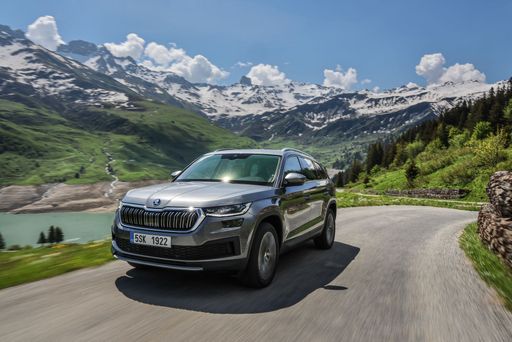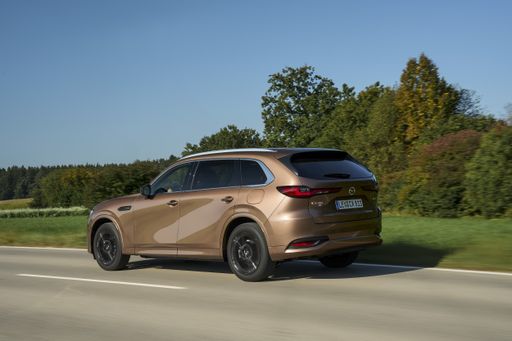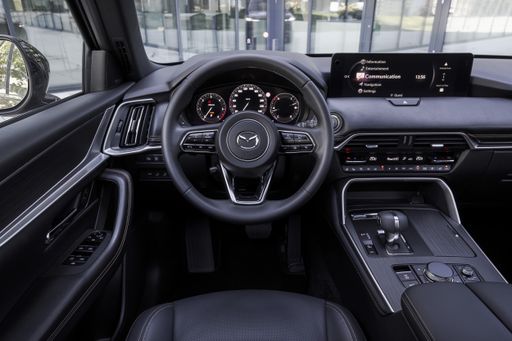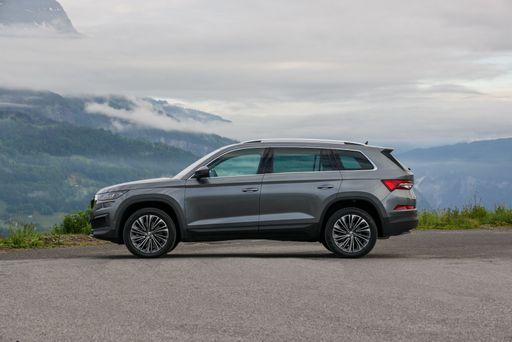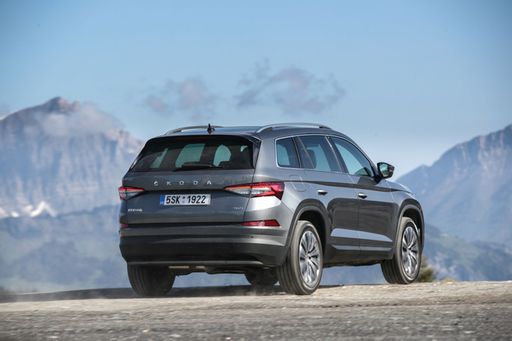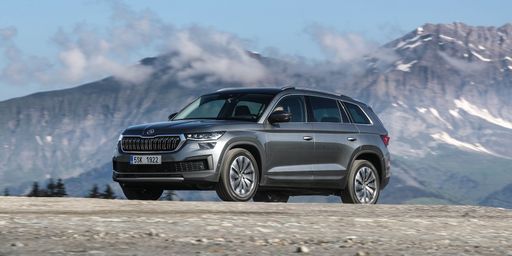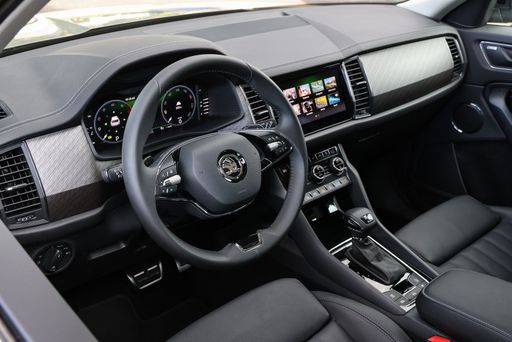An In-Depth Comparison: Mazda CX-80 vs. Skoda Kodiaq
The automotive landscape is continuously evolving, with manufacturers pushing the boundaries of technology, performance, and innovation. In the competitive mid-size SUV segment, two contenders are making waves: the Mazda CX-80 and the Skoda Kodiaq. Both vehicles cater to families and adventure seekers alike, offering ample space, advanced features, and a range of powertrains. However, which one takes the lead in this head-to-head comparison? Let’s dive into the details.

